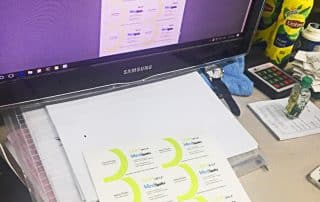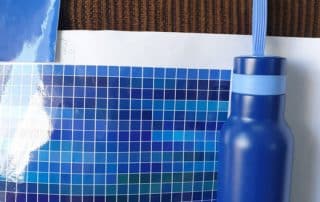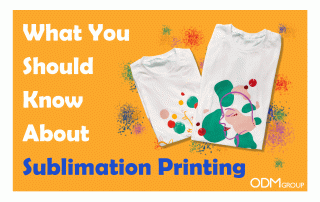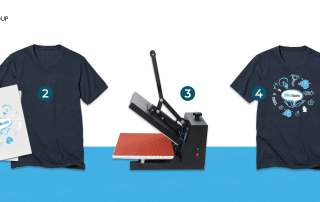Imagine the ability to create highly detailed, custom-designed items that perfectly capture your brand’s essence. 3D resin printing allows you to do just that and so much more.
This revolutionary technique harnesses the power of liquid resin and UV light to produce stunningly intricate and visually captivating promotional items, taking your branding efforts to new heights.
In this blog, we will delve deeper into the world of 3D resin printing for the promotional products industry. We’ll explore the technology behind it, discuss the equipment and materials required, and guide you through the step-by-step process of creating stunning, customized promotional items.
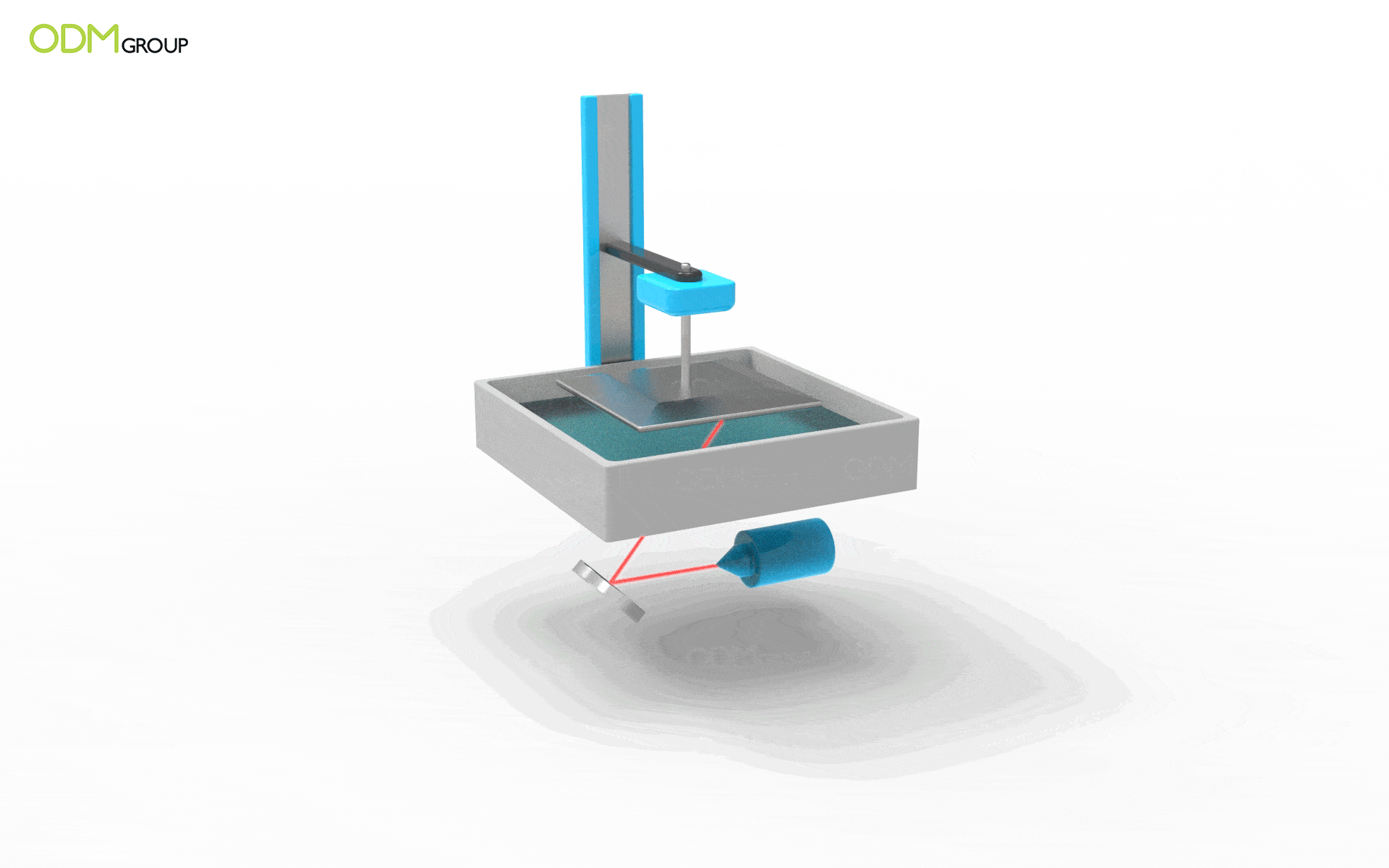
The Basics of 3D Resin Printing
3D resin printing, also known as stereolithography (SLA), is a form of additive manufacturing that has become increasingly popular in recent years, with various applications in manufacturing, healthcare, and design.
While traditional filament-based 3D printing has been the most common method, 3D resin printing has emerged as an alternative with unique benefits.
The process uses:
-
Liquid Resin
Resin is a unique substance that exhibits various characteristics crucial to printing. It typically has a relatively low viscosity, allowing it to flow smoothly and evenly, ensuring precise layer formation during printing.
Moreover, resins are available in various colours, enabling you to produce vibrant and visually appealing promotional products that align with your brand’s identity.
-
UV Light
UV light plays a pivotal role in the resin printing process, as it is the key catalyst that triggers the polymerization and solidification of the liquid resin.
When the UV light interacts with the photopolymer resin, it initiates a chemical reaction known as photopolymerization. This process causes the individual resin molecules to link, forming a solid structure layer by layer.
The precise control of UV light exposure is crucial for achieving high-quality prints. During the printing process, each resin layer is exposed to UV light for a specific duration, determined by the resin’s desired thickness and curing properties.
This controlled exposure ensures that the resin cures uniformly and accurately, resulting in a well-defined and structurally sound printed object.
When exposed to specific wavelengths of light, typically in the ultraviolet (UV) spectrum, the photopolymer resin undergoes a process called polymerization.
This process causes the liquid resin to solidify and harden, transforming it into a solid object layer by layer.
The controlled curing of resin ensures the precise formation and stability of each printed layer, resulting in high-resolution and accurately replicated designs.
Types of Resin Printers and Their Key Features
There are several types of resin printers available in the market, each with its own unique features and capabilities. Some of the most popular types include:
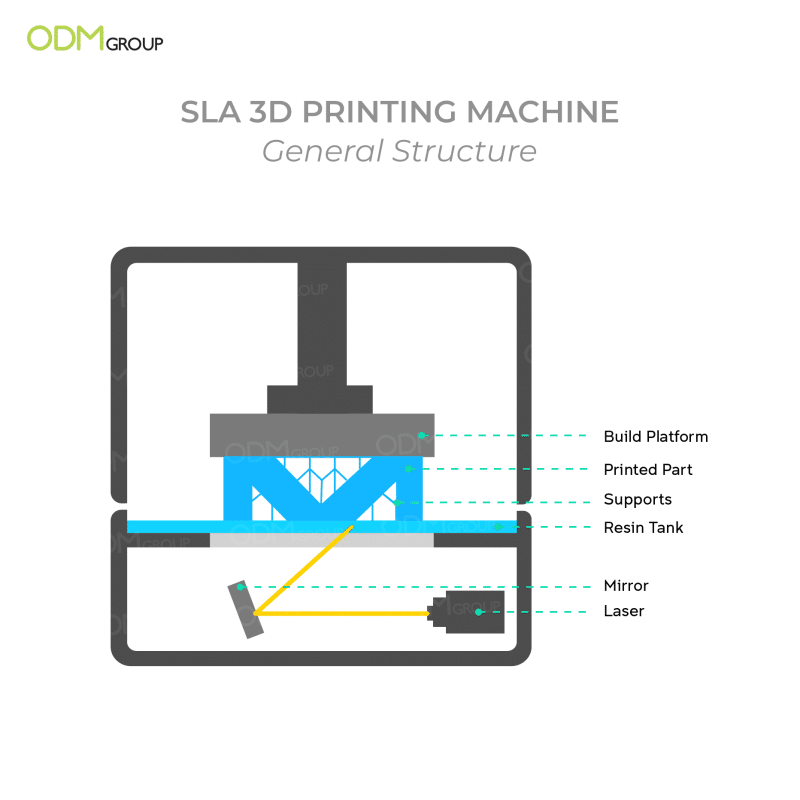
Mastering the Workflow of 3D Resin Printing
With its ability to produce highly detailed and intricate models, 3D resin printing has found applications in industries ranging from prototyping and jewellery design to healthcare and aerospace.
However, achieving optimal results requires a deep understanding of the entire printing process, from design preparation to post-processing and finishing techniques.
1. Preparing the Design
The first step is to prepare your design. Whether you create your own 3D model or obtain one from online repositories, it’s crucial to ensure the model is compatible with resin printing.
Optimize the design by adding supports in areas with overhangs and incorporating drainage holes for resin removal. Use 3D modelling software to adjust settings for resolution, accuracy, layer thickness, and exposure time.
Hollow out the model if necessary, considering wall thickness and creating space for drainage. Once your design is ready, save it in a format compatible with your resin printer.
2. Setting Up the Printer
Now it’s time to set up your resin printer for printing.
Begin by calibrating and levelling the build plate to ensure proper adhesion and consistent layer height. Follow the manufacturer’s instructions for this step, as each printer may have specific requirements
Once the build plate is calibrated, adjust settings such as exposure time, layer height, lift speed, and distance.
3. Printing
Once the printer is set up, you’re ready to start the printing process.
- Load the sliced file onto the printer’s software or directly onto the printer itself.
- Prepare the resin tank by pouring in the desired resin and ensuring it’s properly positioned.
- Close the printer’s cover to prevent ambient light interference. Initiate the printing process, and the printer will begin meticulously printing each layer of your design.
During printing, the build plate gradually lifts, and each layer is exposed to light according to the slicing parameters. The printer repeats this process until the entire object is printed.
4. Post Processing and Finishing
After the printing is complete, it’s time for post-processing and finishing to achieve a polished result.
- Start by carefully removing the print from the build plate, taking care not to damage the delicate details.
- Rinse the print in isopropyl alcohol (IPA) to remove any uncured resin residue. Use a soft-bristle brush to gently clean the print if necessary.
- Once cleaned, allow the print to dry completely.
If supports were used, carefully remove them using pliers or cutters, ensuring minimal impact on the print’s surface.
To complete the process, post-curing the print is crucial for optimal strength and stability.
- Place the print in a UV curing chamber or expose it to UV light for the recommended duration.
- Post-curing ensures that the resin fully cures, enhancing its mechanical properties.
- Once post-cured, you can further refine the print’s appearance by sanding the surface, gradually moving from coarse to fine grits for a smooth finish.
- Finally, consider applying paint or a protective coating to add colour and add durability to your resin print.
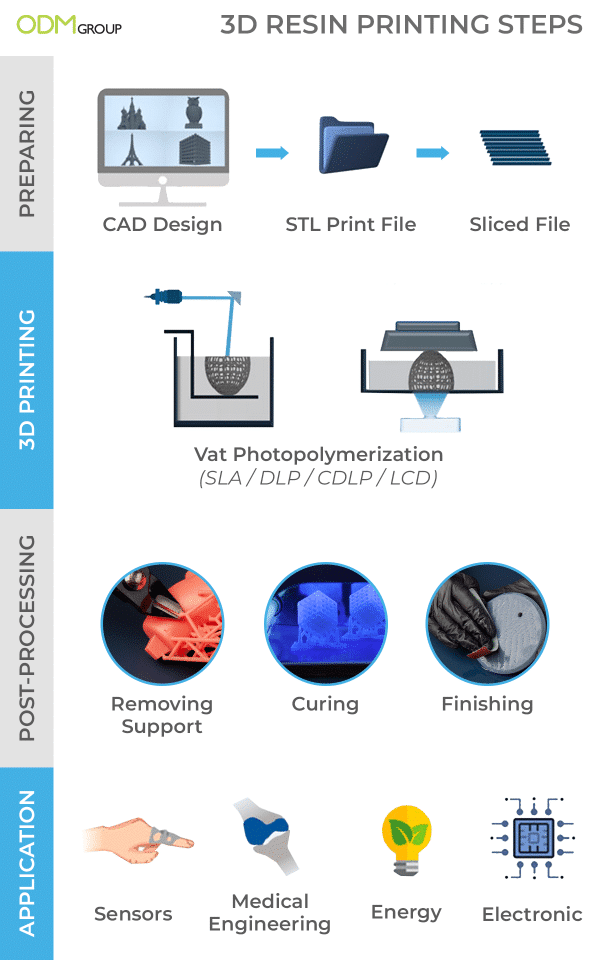
Pushing the Boundaries with 3D Resin Printing
Let’s explore some examples of the diverse range of applications for 3D resin printing:
1. Prototyping
3D resin printing is widely used for rapid prototyping due to its ability to produce highly detailed and accurate models.
It allows designers and engineers to quickly iterate and test their designs before moving into production.
2. Jewelry Design
Resin printers can create intricate and delicate jewellery designs with high precision.
It enables jewellery designers to bring their imaginative and complex designs to life, incorporating fine details and intricate patterns.
3. Dental and Medical Applications
3D resin printing has revolutionized the dental and medical fields.
It is used to create dental models, orthodontic aligners, surgical guides, prosthetics, and custom implants.
The high accuracy and biocompatibility of resin materials make them suitable for these applications.
4. Miniatures and Figurines
Resin printers are popular among hobbyists and enthusiasts for creating detailed miniatures, figurines, and collectables for gaming, model-making, and artistic purposes.
The technology allows for high-resolution and intricate designs, capturing even the finest details.
5. Architecture and Construction
Architects and designers utilize resin printing to create detailed architectural models and prototypes.
It helps visualize concepts, evaluate designs, and communicate ideas effectively.
Additionally, resin printing can produce intricate building components, decorative elements, and custom fixtures.
6. Education and Research
Resin printing is extensively used in educational institutions and research laboratories.
It enables students and researchers to fabricate intricate models, anatomical structures, scientific prototypes, and teaching aids to enhance learning and experimentation.
7. Fashion and Wearable Technology
Resin printing offers opportunities for creating innovative fashion designs and wearable technology.
It allows designers to experiment with unique shapes, textures, and patterns, enabling the creation of avant-garde accessories, customized footwear, and intricate fabric-like structures.
8. Art and Sculpture
Artists and sculptors employ resin printing to bring their artistic visions to life.
The technology enables the creation of complex and detailed sculptures, installations, and mixed-media artwork with precision and consistency.
9. Electronics and Rapid Manufacturing
Resin printing can be used for the rapid manufacturing of small electronic components, such as casings, connectors, and prototypes.
It allows for the integration of intricate geometries and precise detailing required in electronic devices.
10. Aerospace and Automotive
The aerospace and automotive industries utilize resin printing for prototyping, manufacturing tooling, and production of lightweight and complex parts.
Resin materials with high strength-to-weight ratios and heat resistance are ideal for these applications.
Benefits of Resin Printing Over Traditional Filament-Based 3D Printing
Resin printing offers several advantages over traditional filament-based 3D printing methods, such as Fused Deposition Modeling (FDM). Some of these benefits include:
-
Higher Resolution and Detail
Resin printers can achieve much finer details and smoother surfaces than filament-based printers, making them ideal for intricate designs and prototypes.
-
Faster Print Times
Depending on the type of resin printer used, print times can be significantly faster than traditional methods, especially for small and complex objects.
-
Wide Range of Materials
Resin printing offers a diverse range of materials with varying properties, such as flexibility, transparency, and heat resistance, allowing for greater customization in the final product.
-
Improved Accuracy
Resin printers typically have fewer warping and shrinkage issues than filament-based printers, resulting in more accurate and consistent prints.
Unlock More Product Possibilities With 3D Resin Printing!
3D resin printing has revolutionized the world of additive manufacturing by offering unparalleled precision, versatility, and efficiency. This innovative technology has opened up many possibilities for various industries and now in the world of promotional products.
With its ability to produce highly detailed and complex structures, 3D resin printing has proven to be a game-changer in rapid prototyping and small-scale production.
As technology continues to advance and become more accessible, it is expected that 3D resin printing will play an even more significant role in shaping the future of manufacturing and design.
The ODM Group can assist you in the virtual creation of three-dimensional object prototypes as well as the moulding development necessary for mass production and consistent quality. Read more about these services below:
Read more related blogs to 3D resin printing here:
If you want to know how our designers make intricate 3D printed products for promotion, you can check out the blog below for the easy 3D printing process step by step.
Get a quick insight into the process and materials involved in the 3D printing of promotional products in the blog below:
3D figurines featuring famous characters from books and novels took centre stage in this store which caught everyone’s attention. See more below:
How Can ODM Help?
Our team at the ODM Group is equipped with the expertise and resources to assist you in harnessing the remarkable power of 3D resin printing. With our cutting-edge technology and comprehensive knowledge, we can help you unlock a world of possibilities for your promotional products.
When you choose to collaborate with us, our experienced team will guide you through the entire process, ensuring a seamless and efficient experience. We understand that each project is unique, and we tailor our approach to meet your specific requirements and objectives.
From concept development and design refinement to material selection and production, we are committed to delivering exceptional results that exceed your expectations.






